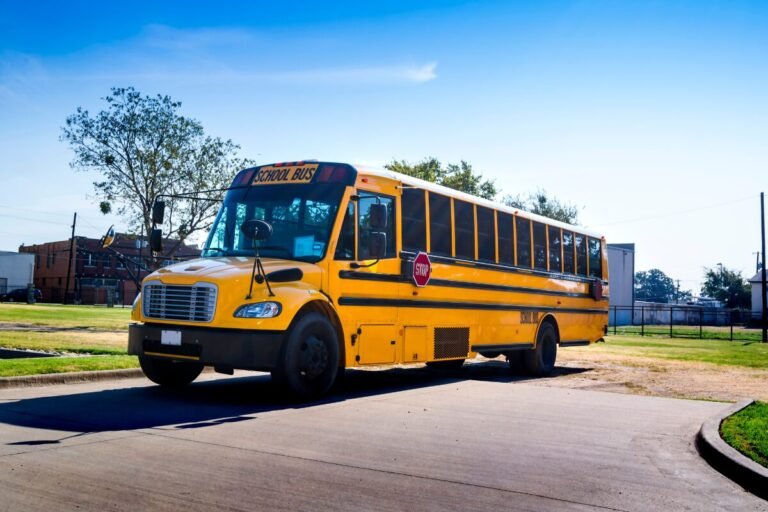WASHINGTON — The Biden administration has allocated nearly $1 billion to help around 530 school districts in 47 states and the District of Columbia purchase clean school buses as part of the Clean School Bus Program rebate competition led by the U.S. Environmental Protection Agency (EPA). The funding aims to replace diesel-fueled buses with cleaner alternatives, with a focus on electric buses, accounting for 92% of the new purchases.
Five Maryland counties, including Allegany, Anne Arundel, Baltimore, Charles, and Prince George’s, are set to receive a total of $16.7 million from the program. Notably, Baltimore and Prince George’s counties will receive the majority of the funds, with $8.6 million and $5.2 million allocated, respectively.
Emphasizing the broader impact, EPA Administrator Michael S. Regan highlighted the program’s contribution to improving air quality, reducing greenhouse gas emissions, and promoting the development of clean vehicles. Moreover, approximately 67% of the total funding will benefit low-income, rural, and tribal communities, which account for 45% of the selected projects.
Regan also underscored the potential economic benefits of transitioning to clean school buses, citing the creation of new manufacturing jobs and opportunities for local businesses to support the growing demand for these environmentally friendly vehicles.
Since its inception, the Clean School Bus Program has disbursed close to $3 billion to finance over 8,500 electric and alternative fuel buses across more than 1,000 communities nationwide. The program, established under the Bipartisan Infrastructure Law, aims to invest $5 billion over five years in transitioning the country’s school bus fleet to zero-emission and low-emission models.
One of the key drivers behind this initiative is the negative health and environmental impact of diesel exhaust exposure, particularly affecting communities of color. According to the EPA, exposure to diesel emissions can contribute to various health issues, including asthma, respiratory illnesses, and exacerbated heart and lung conditions, particularly in vulnerable populations like children and the elderly.

